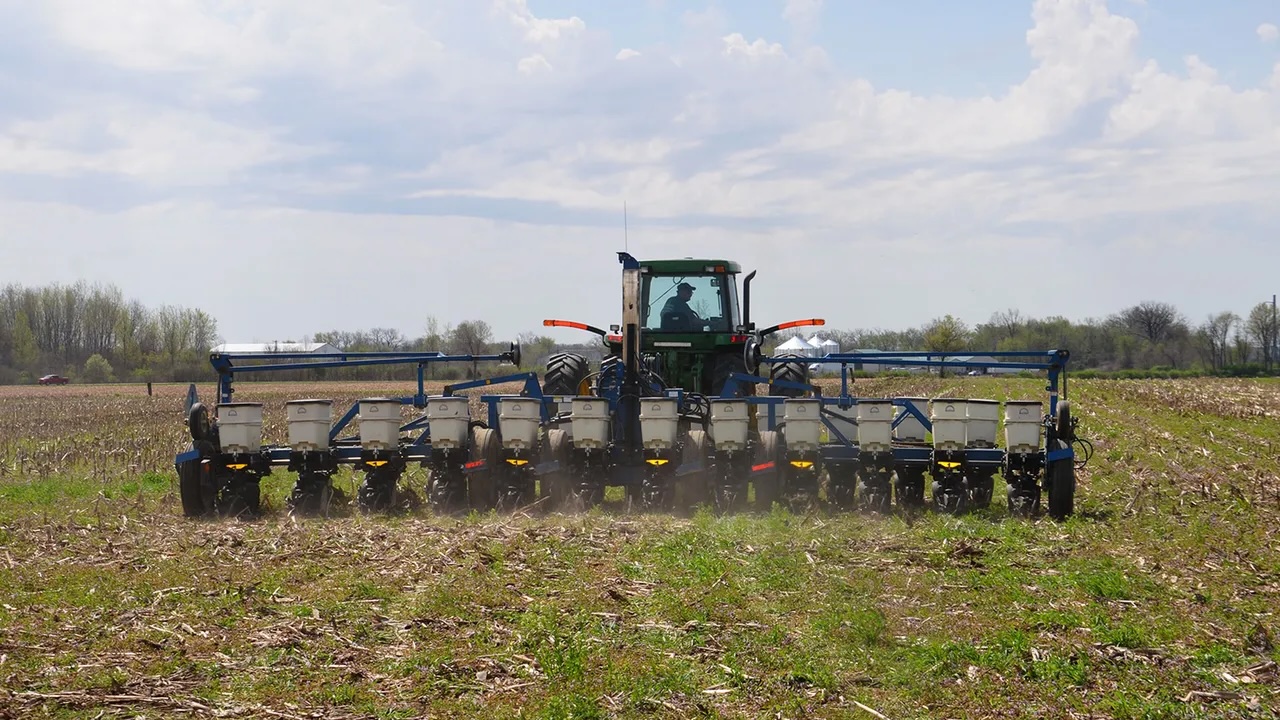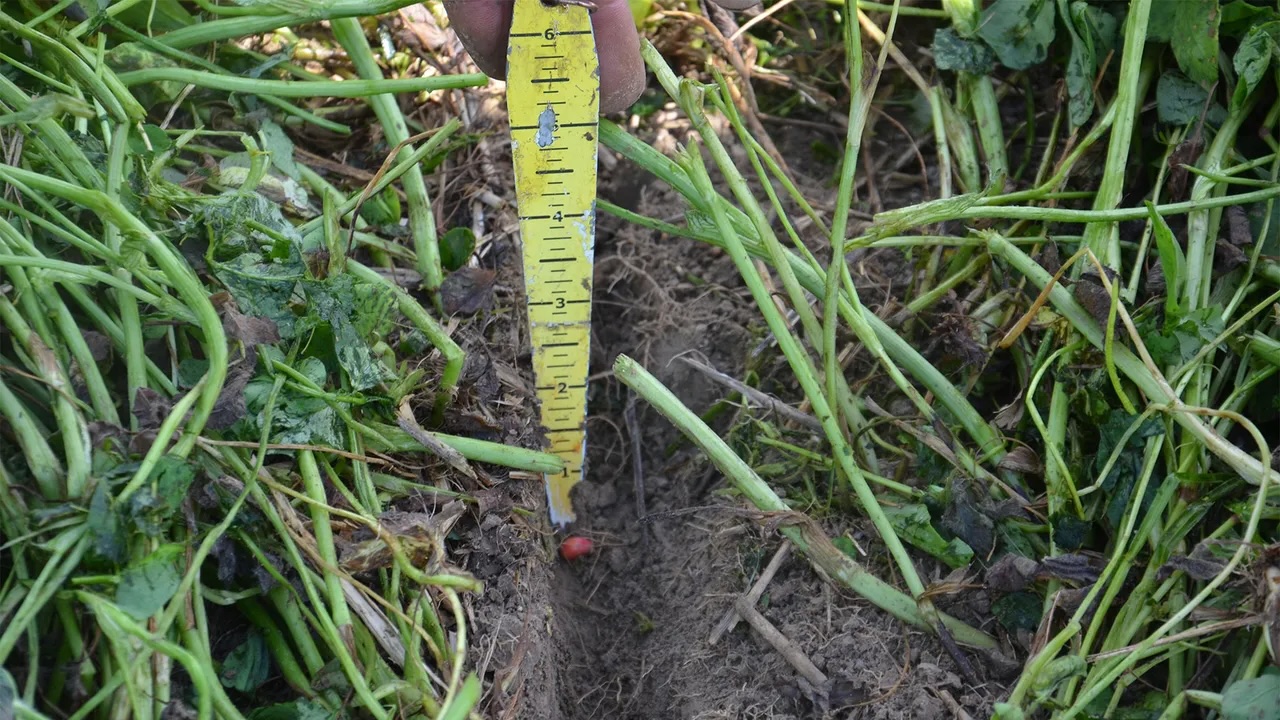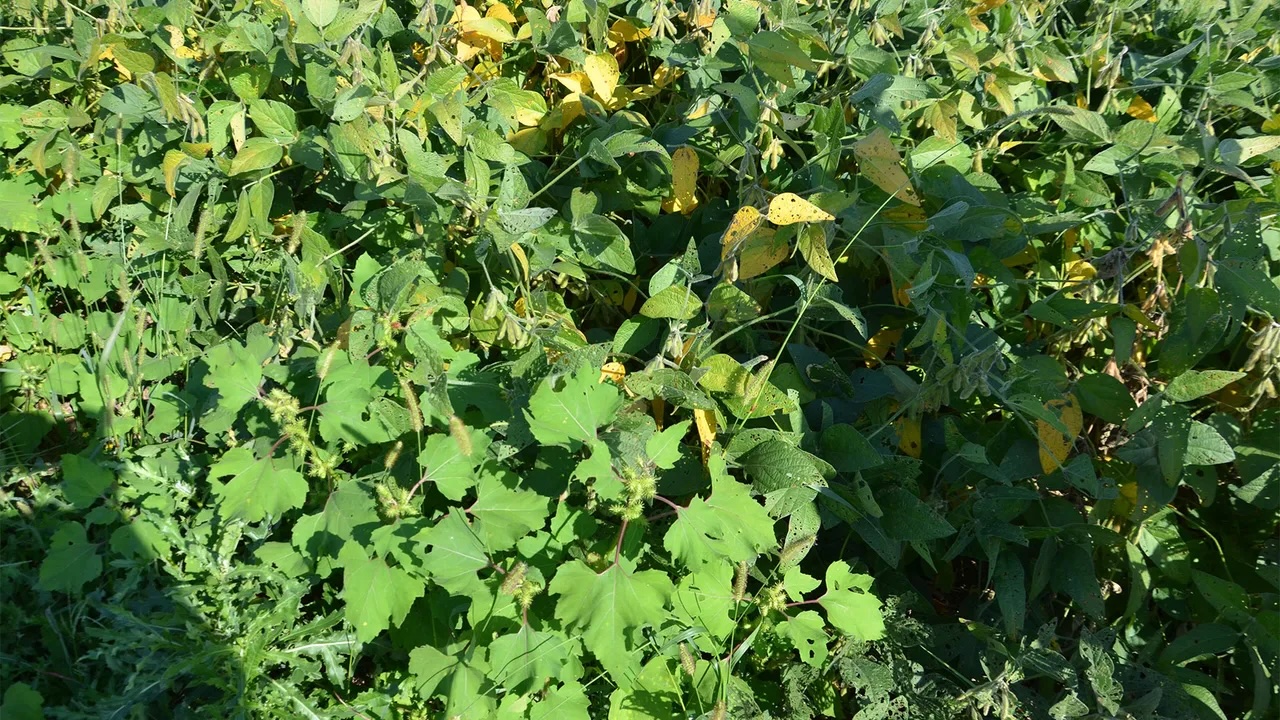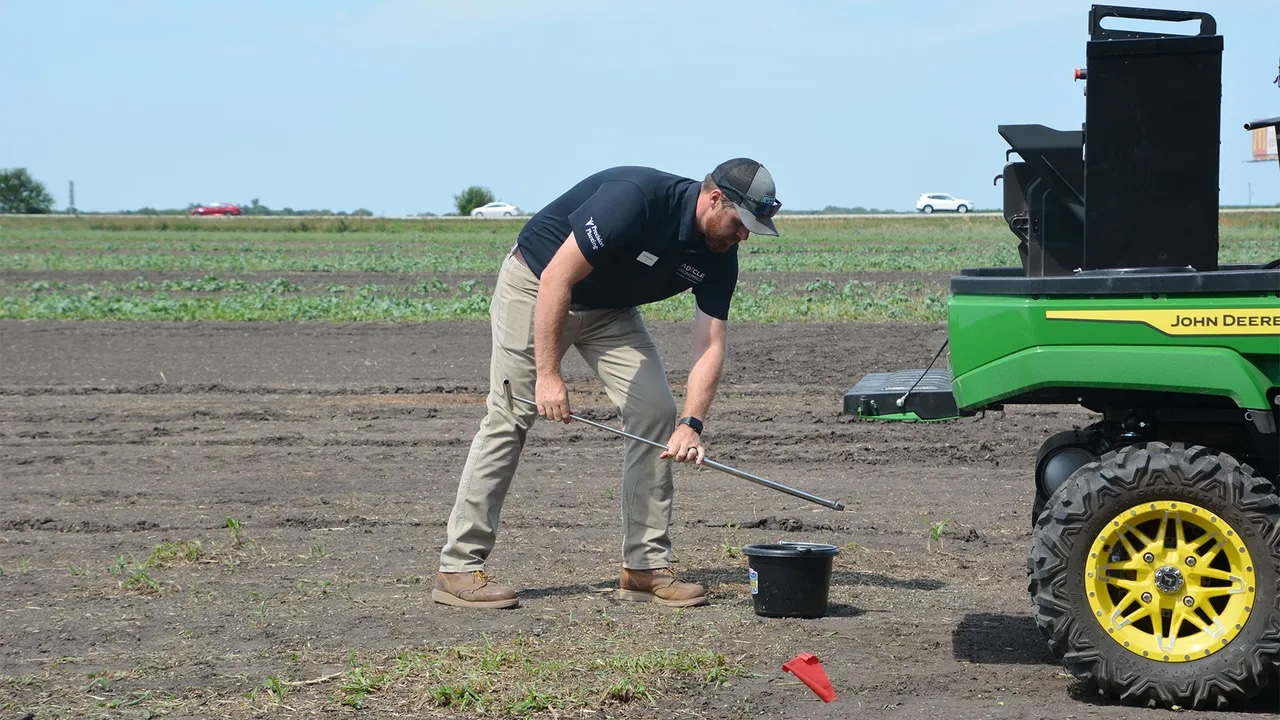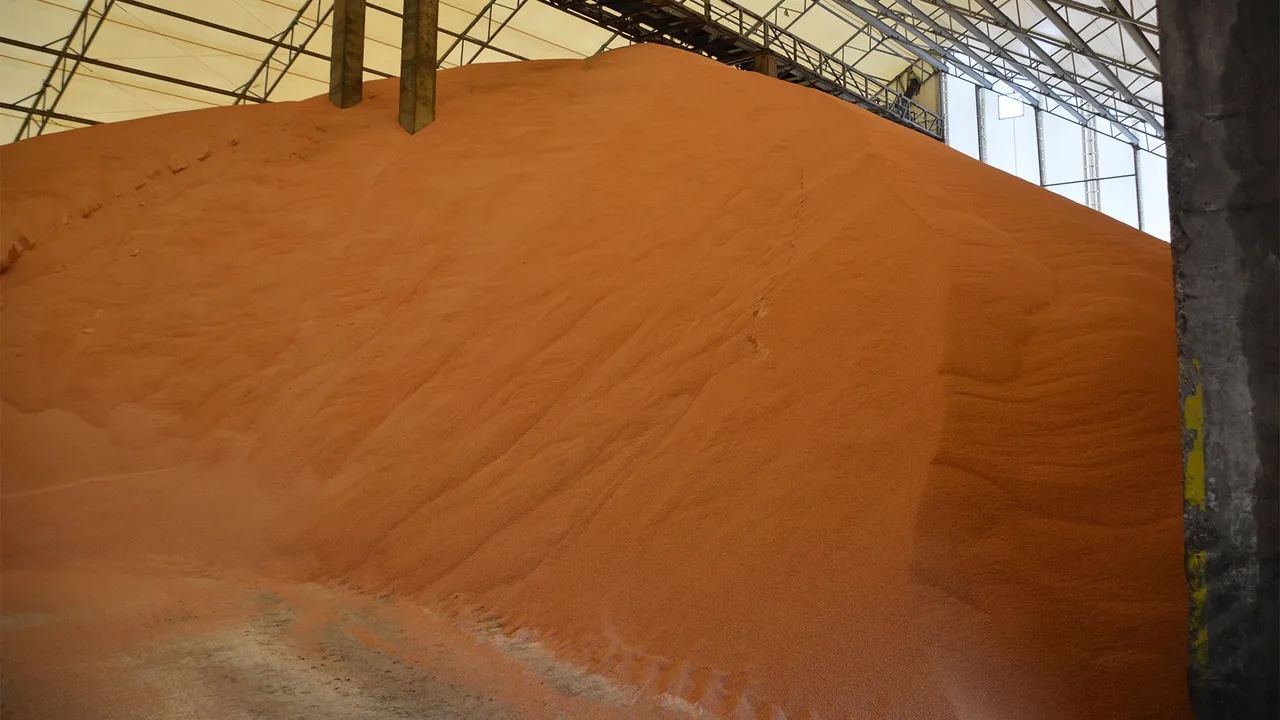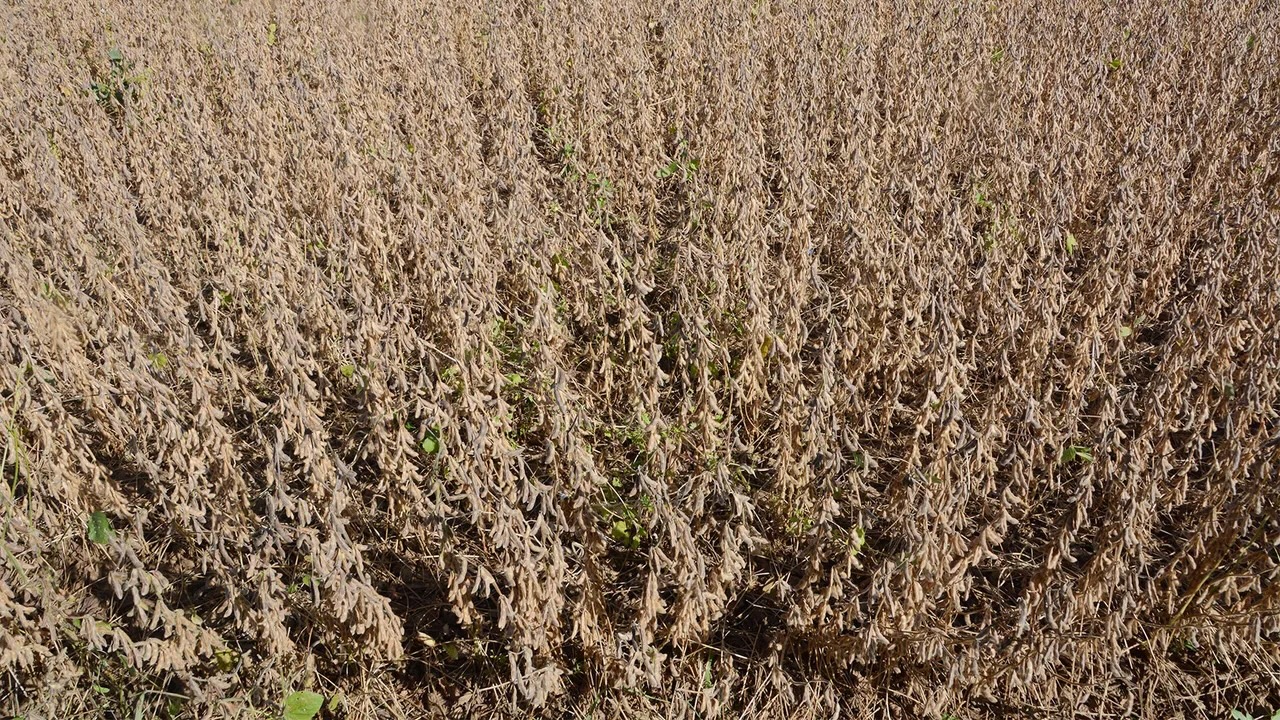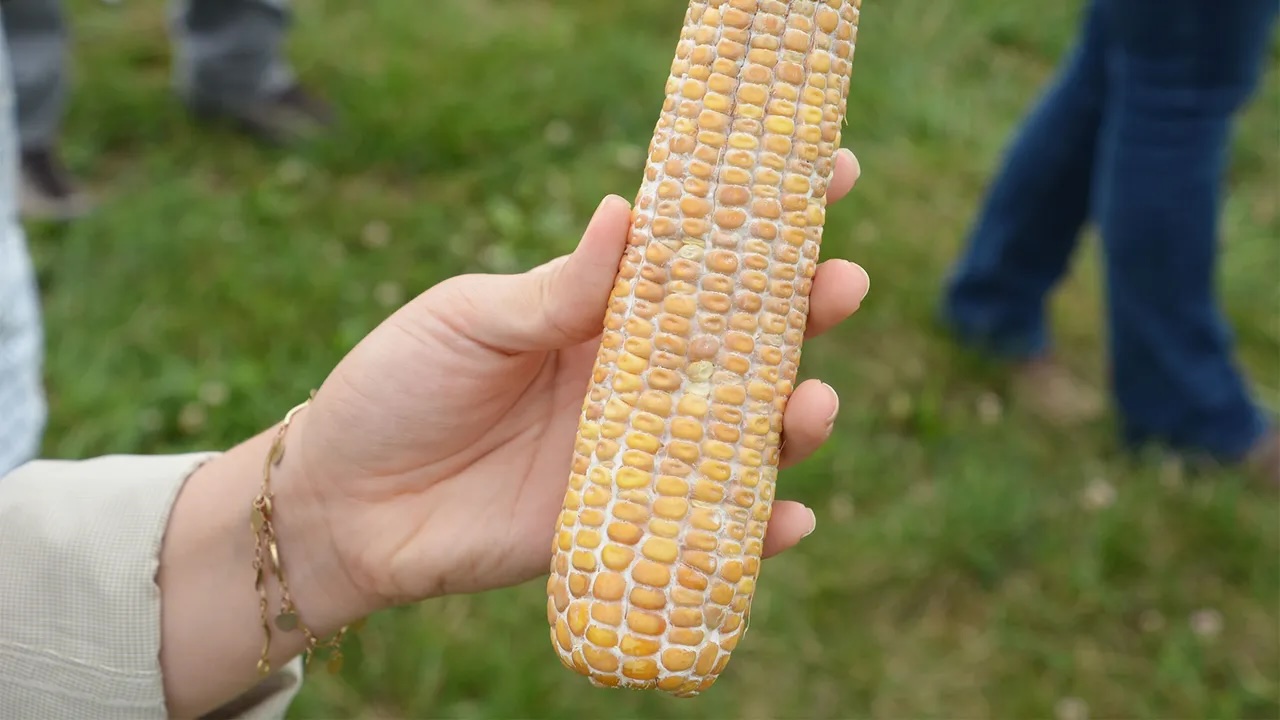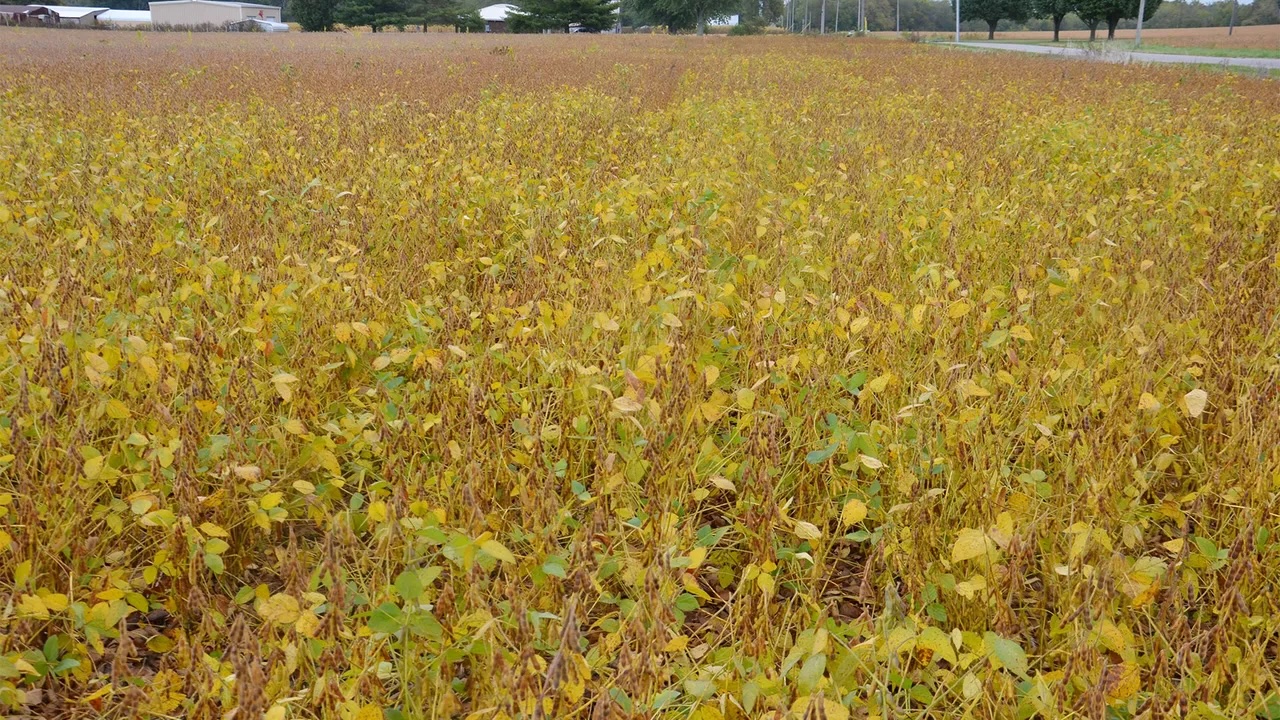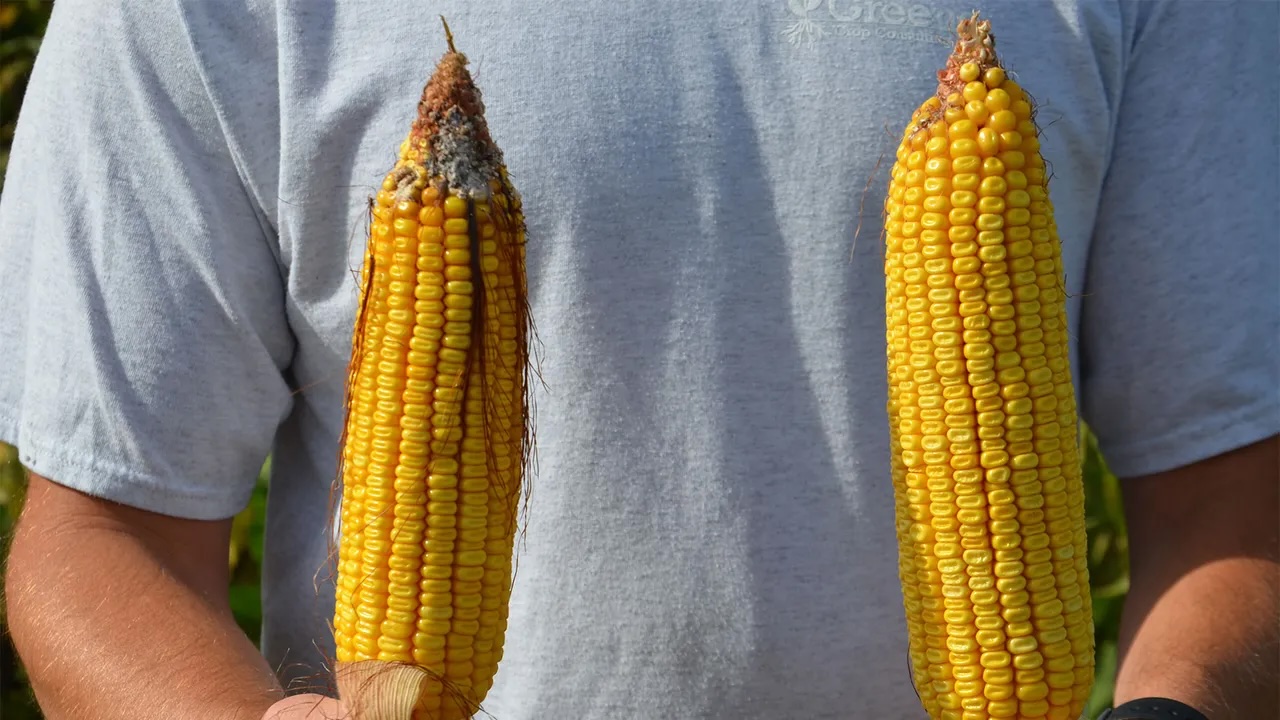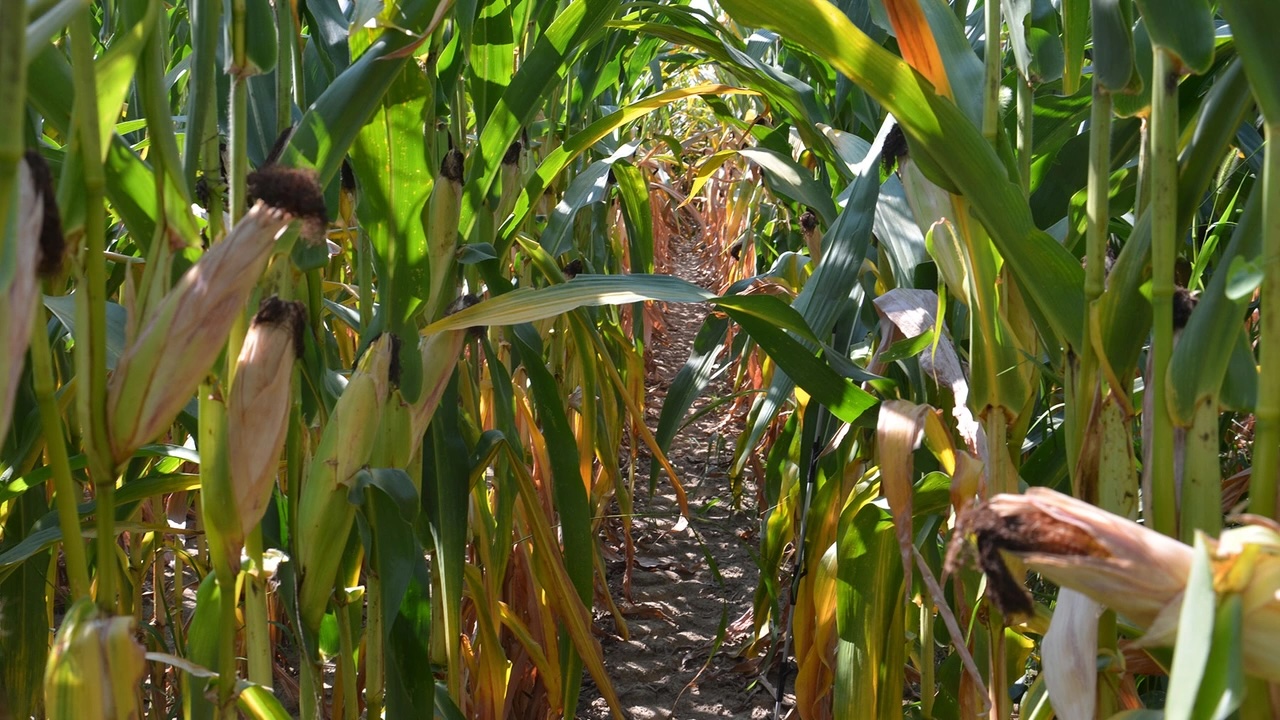Tweak final nitrogen rates for season
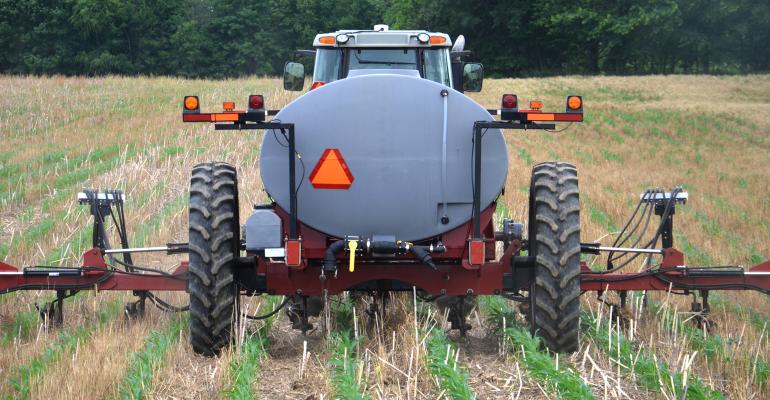
Corn Corner: Does the crop justify sidedressing more nitrogen?
Apr 27, 2022
We put 100 pounds of nitrogen down preplant and 30 more pounds at planting. Our plan was to sidedress if the crop looked good. How do we decide if yield potential justifies more N?
The panel of Indiana certified crop advisers answering this question includes Betsy Bower, agronomist for Ceres Solutions, Lafayette; Greg Kneubuhler, G&K Concepts Inc., Harlan; Bryan Overstreet, Purdue Extension educator, Jasper County; and Dan Quinn, Purdue Extension corn specialist.
Bower: What is past yield history? What is your yield goal? Did you plant timely? Did you get 90% to 95% emergence, all at the same time? Are weeds controlled? What is the long-range weather forecast? Have you marketed part of this year’s crop? Will you market more? What is nitrogen price? Did you use a nitrogen stabilizer preplant? Are soil test phosphorus, potassium and pH levels optimal? There is a lot to consider.
If normal yield potential is greater than 200 bushels per acre, the crop emerged evenly and the weather forecast is for timely rainfall after sidedress, I recommend adding more N.
To help decide how much, take a pre-sidedress N soil test. This link from Purdue tells how to take a PSNT test and use results in non-manured soils.
A tissue test at V5 can determine if nutrition is good. If macronutrients and micronutrients are sufficient, your corn likely has the nutrition needed to initiate the primary ear shoot. However, a tissue test cannot predict if you have enough nutrition to reach your yield goal.
Kneubuhler: You’re on the light side of nitrogen. Efficiency of N can be directly related to several factors, including pH, calcium levels, organic matter, overall soil fertility, consistency of stand, rainfall patterns and relative humidity. A well-balanced soil with good organic matter can be as efficient as 0.6 pound N per bushel. Poorly balanced soils can be as inefficient as 2 pounds N per bushel. There is no real way of “looking” at your crop to decide if yield potential justifies more N.
Based on what you’ve applied, you stand a very high chance of additional N application at sidedress. Even at high nitrogen prices, additional N is justified.
Overstreet: Check out this article by Bob Nielsen and Jim Camberato for help on judging N rates vs. corn price and N cost. Using these calculations, assuming N is $1 per pound and corn is $6, the economic optimum rate would be 187 pounds per acre in central Indiana, 205 pounds in northeast and north-central Indiana, and 167 pounds elsewhere. If nitrogen is $1.10, the rate drops 10 pounds. If corn is $6.50 for fall, the rate goes up 4 pounds. Based on cost and prices as I write, put on 40 to 75 pounds to reach economic optimum yield, depending on location.
Quinn: The optimum nitrogen fertilizer rate often doesn’t correlate to yield. A corn crop with high potential yield doesn’t always require more nitrogen. With timely rainfall and good growing conditions, less nitrogen fertilizer may be needed to maximize corn yield due to adequate nitrogen release through mineralization.
Current economically optimum nitrogen fertilizer recommendations, with nitrogen at $1 per pound and where corn follows soybeans, range from about 159 to 195 pounds of nitrogen per acre, depending on location and soil type. See these N management guidelines for Indiana.
With 130 pounds applied, current recommendations suggest adding more nitrogen.



